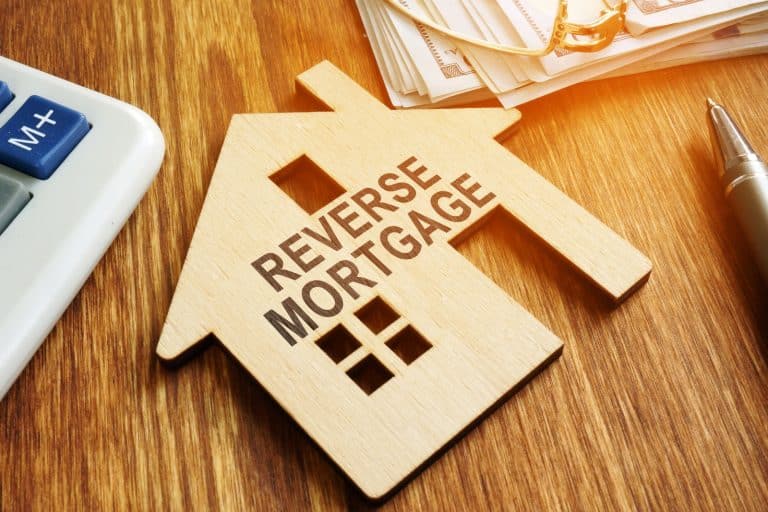A reverse mortgage is a unique financial product designed to meet the demands of senior citizens in the United States. This form of loan involves the bank evaluating the present equity in your house and, if it is appropriate, relieving the property owner of their monthly mortgage payment obligation in the future. The interest on the initial loan continues to accumulate, but rather than being paid off month by month, the interest merely accumulates. A reverse mortgage does not compel the borrower to make any loan payments; but, when the homeowner dies, moves away permanently, or sells the home, the whole loan total becomes due for payment. Regulations stipulate lenders to design transactions such that the loan balance does not exceed the home’s value, and the borrower or borrower’s property is not held liable for the shortfall if the loan balance exceeds the home’s value.
How a Reverse Mortgage Works
Rather than the homeowner paying the lender, the lender pays the homeowner with a reverse mortgage. The homeowner can receive these payments in a variety of ways and only pays interest on the amount acquired. Because the interest is incorporated into the loan total, the homeowner does not have to pay anything upfront. In addition, the homeowner retains ownership of the property. The homeowner’s debt grows as the loan matures, while his or her equity shrinks.
Like a regular mortgage, a reverse mortgage is secured by the home. The profits from the sale of the home go to the lender to repay the reverse mortgage’s principal, interest, mortgage insurance, and charges when the homeowner relocates or dies. Any earnings from the sale that exceed the amount loaned go to the homeowner (if they are still alive) or the homeowner’s estate (if the homeowner has died). The successors may elect to pay down the mortgage and keep the house in some circumstances. The profits of a reverse mortgage are not taxed. Whereas the money may appear to the homeowner as revenue, the money is considered a loan advancement by the Internal Revenue Service (IRS).
Types of Reverse Mortgages
Reverse mortgages are divided into two major categories. The home equity conversion mortgage is the most prevalent (HECM). The HECM is the reverse mortgage that most lenders provide on homes worth less than $765,600, and it’s the sort you are very likely to acquire; therefore, this post will focus on it. You can consider a jumbo reverse mortgage, also known as a proprietary reverse mortgage if your home is worth more.
The benefit of a Reverse Mortgage
A reverse mortgage may resemble a home equity loan or a home equity line of credit in appearance (HELOC). A reverse mortgage can give a lump-sum payment or a line of credit that you can use as required, depending on how much of your home you have paid down and the market worth of your home. You don’t need an income or strong credit to apply, and you won’t have to make any loan payments when you live in the house as your primary residence, unlike a home equity loan or a HELOC.
Requirements for a Reverse Mortgage
You may be qualified for a reverse mortgage if you already own a house, condominium, apartment, or a prefabricated custom-built on or after June 15, 1976. Because cooperative housing owners do not officially own the rental properties in which they live, but rather hold shares in a company, they cannot get reverse mortgages under FHA guidelines. In New York, where cooperatives are widespread, state law makes reverse mortgages illegal in cooperatives, permitting them only in single-family condominium units.
While there are no income or credit rating criteria for reverse mortgages, there are guidelines for who qualifies. You must be at least 62 years of age, and either own your property outright or have a significant amount of equity in it (at least 50 percent ). An initiation charge, an upfront mortgage insurance payment, recurring mortgage insurance premiums (MIPs), loan service costs, and interest are all required of borrowers. The federal government regulates the amount that lenders can charge for these products.
In conclusion, older homeowners who understand how reverse mortgages work and the sacrifices involved can find them a useful financial instrument. Anyone considering a reverse mortgage should take the time to learn everything there is to know about these loans. That way, no unethical lender or opportunistic fraudster can take advantage of them. They will be able to make an informed decision even if they work with a subpar reverse mortgage consultant, and the loan will be free of unexpected incidents.





